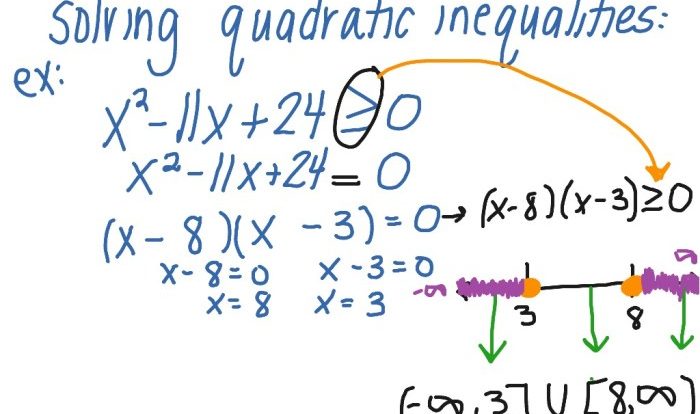Embarking on an exploration of transformations of parent functions worksheet, this comprehensive guide unveils the intricacies of this fundamental concept, empowering you with the knowledge to manipulate and analyze functions like never before.
Delving into the heart of the matter, we will elucidate the concept of parent functions and their transformations, unraveling the mysteries behind translations, reflections, dilations, and their captivating combinations. Real-world applications will illuminate the practical significance of these transformations, showcasing their problem-solving prowess in diverse fields.
Transformations of Parent Functions
Parent functions are basic functions that serve as building blocks for more complex functions. Transformations involve modifying these parent functions to create new functions with different properties.
Types of Transformations
There are four main types of transformations:
- Translations: Shifting the function vertically (up or down) or horizontally (left or right)
- Reflections: Flipping the function over the x-axis (vertical reflection) or y-axis (horizontal reflection)
- Dilations: Stretching or shrinking the function vertically (y-axis dilation) or horizontally (x-axis dilation)
- Combinations: Applying multiple transformations in sequence
Applications of Transformations
Transformations are used to model real-world phenomena, such as:
- Projectile motion (parabolic transformations)
- Spring oscillations (sine and cosine transformations)
- Economic growth (exponential transformations)
Graphing Transformed Functions
To graph a transformed function, start with the parent function and apply the transformations in the following order:
- Translations
- Reflections
- Dilations
Practice problems and solutions can help develop proficiency in graphing transformed functions.
Equations of Transformed Functions
The equation of a transformed function is related to the equation of its parent function.
For translations:
- Vertical translation: y = f(x) + c
- Horizontal translation: y = f(x- c)
For reflections:
- Vertical reflection: y =-f(x)
- Horizontal reflection: y = f(-x)
For dilations:
- Vertical dilation: y = cf(x)
- Horizontal dilation: y = f(cx)
Inverse Transformations, Transformations of parent functions worksheet
Inverse transformations undo the effects of transformations.
For translations:
- Vertical translation: y- c = f(x)
- Horizontal translation: x- c = f(y)
For reflections:
- Vertical reflection: -y = f(x)
- Horizontal reflection: x = f(-y)
Composite Transformations
Composite transformations involve applying multiple transformations in sequence.
For example:
- g(x) = f(x + 2)- 3 (horizontal translation by 2 units to the left, followed by a vertical translation by 3 units down)
- h(x) =-f(2x) (horizontal dilation by a factor of 1/2, followed by a vertical reflection)
FAQ Section: Transformations Of Parent Functions Worksheet
What is a parent function?
A parent function is a basic function from which other functions can be derived through transformations.
What are the different types of transformations?
The main types of transformations are translations, reflections, dilations, and combinations of these.
How do you graph a transformed function?
To graph a transformed function, start with the graph of the parent function and apply the transformations in the given order.
